
The history of Russia begins with the histories of the East Slavs. The traditional start-date of specifically Russian history is the establishment of the Rus' state in the north in 862, ruled by Varangians. Staraya Ladoga and Novgorod became the first major cities of the new union of immigrants from Scandinavia with the Slavs and Finns. In 882, Prince Oleg of Novgorod seized Kiev, thereby uniting the northern and southern lands of the Eastern Slavs under one authority, moving the governance center to Kiev by the end of the 10th century, and maintaining northern and southern parts with significant autonomy from each other. The state adopted Christianity from the Byzantine Empire in 988, beginning the synthesis of Byzantine and Slavic cultures that defined Russian culture for the next millennium. Kievan Rus' ultimately disintegrated as a state due to the Mongol invasions in 1237–1240 along with the resulting deaths of significant numbers of the population, and with the numerous principalities being forced to accept the overlordship of the Mongols.
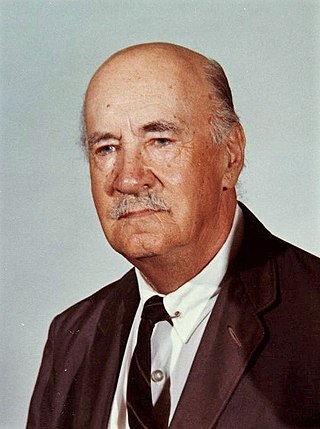
Igor Ivanovich Sikorsky was a Russian–American aviation pioneer in both helicopters and fixed-wing aircraft. His first success came with the S-2, the second aircraft of his design and construction. His fifth airplane, the S-5, won him national recognition as well as F.A.I. license number 64. His S-6-A received the highest award at the 1912 Moscow Aviation Exhibition, and in the fall of that year the aircraft won first prize for its young designer, builder and pilot in the military competition at Saint Petersburg.

Kazan Federal University is a public research university located in Kazan, Russia.

Ivan Stepanovych Mazepa was a Ukrainian military, political, and civic leader who served as the Hetman of Zaporizhian Host and the Left-bank Ukraine in 1687–1708. The historical events of Mazepa's life have inspired many literary, artistic and musical works. He was famous as a patron of the arts.
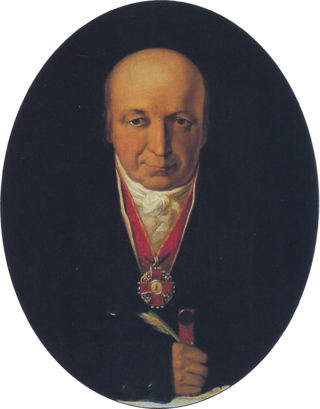
Alexander Andreyevich Baranov, sometimes spelled Aleksandr or Alexandr and Baranof, was a Russian trader and merchant, who worked for some time in Siberia. He was recruited by the Shelikhov-Golikov Company for trading in Russian America, beginning in 1790 with a five-year contract as manager of the outpost. He continued to serve past the end date of his contract.

Viktor Vladimirovich Khlebnikov, better known by the pen name Velimir Khlebnikov was a Russian poet and playwright, a central part of the Russian Futurist movement, but his work and influence stretch far beyond it. Influential linguist Roman Jakobson hailed Khlebnikov as "the greatest world poet of our century".
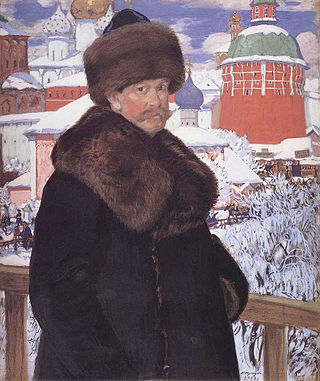
Boris Mikhaylovich Kustodiev was a Russian and later Soviet painter and stage designer.
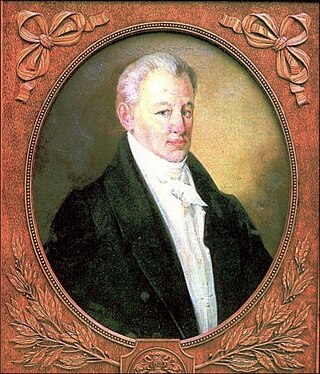
Ivan Petrovych Kotliarevsky was a Ukrainian writer, poet and playwright, social activist, regarded as the pioneer of modern Ukrainian literature. Kotliarevsky was a veteran of the Russo-Turkish War.

Kseniya Boguslavskaya was a Russian avant-garde artist, poet and interior decorator. Her husband Ivan Puni was also a painter. She seems to be the originator of the Mavva featured in poems written by Velimir Khlebnikov.

Russian Futurism is the broad term for a movement of Russian poets and artists who adopted the principles of Filippo Marinetti's "Manifesto of Futurism," which espoused the rejection of the past, and a celebration of speed, machinery, violence, youth, industry, destruction of academies, museums, and urbanism; it also advocated for modernization and cultural rejuvenation.

Soyuz Molodyozhi was an artistic group and an art magazine of Russian avant-garde organized in 1910. There were more than 30 members of the group and most of other Russian avant-garde participated in their exhibitions.

Ivan Petrovich Argunov was a Russian painter, one of the founders of the Russian school of portrait painting.
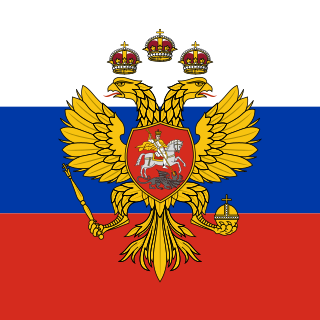
The Tsardom of Russia, also known as the Russian Tsardom or simply Tsardom of Rus', Tsardom of Muscovy, was the centralized Russian state from the assumption of the title of tsar by Ivan IV in 1547 until the foundation of the Russian Empire by Peter the Great in 1721.
The Solntsevskaya Organized Crime Group, also known as the Solntsevskaya Bratva, is a Russian crime syndicate group.

Admiral Makarov is a Russian icebreaker operated by the Far East Shipping Company (FESCO). Completed in 1975, she is FESCO's oldest icebreaker. Admiral Makarov and her sister ship Krasin (1976), are the largest of the four icebreakers in FESCO's fleet. She is named after the Imperial Russian Navy Admiral Stepan Makarov and was one of two icebreakers involved in Operation Breakthrough, an international effort to free three gray whales from pack ice in the Beaufort Sea near Point Barrow in the U.S. state of Alaska in 1988.
Jean-Baptiste Michel Vallin de la Mothe was a French architect whose major career was spent in St. Petersburg, where he became court architect to Catherine II. His students were Ivan Starov and Vasily Bazhenov.

The Russian Empire was an empire and the final period of the Russian monarchy from 1721 to 1917. It consisted of most of northern Eurasia. The Empire succeeded the Tsardom of Russia following the Treaty of Nystad. The rise of the Russian Empire coincided with the decline of neighbouring rival powers: the Swedish Empire, the Polish–Lithuanian Commonwealth, Qajar Iran, the Ottoman Empire, and Qing China. It also held colonies in Russian America between 1799 and 1867. Covering an area of approximately 22,800,000 square kilometres (8,800,000 sq mi), it remains the third-largest empire in history, surpassed only by the British Empire and the Mongol Empire; it ruled over a population of 125.6 million people per the 1897 Russian census, the only census carried out during the entire imperial period. Owing to its geographic extent across three continents at its peak, it featured great ethnic, linguistic, religious, and economic diversity.

Coronations in Russia involved a highly developed religious ceremony in which the Emperor of Russia was crowned and invested with regalia, then anointed with chrism and formally blessed by the church to commence his reign. Although rulers of Muscovy had been crowned prior to the reign of Ivan III, their coronation rituals assumed overt Byzantine overtones as the result of the influence of Ivan's wife Sophia Paleologue, and the imperial ambitions of his grandson, Ivan IV. The modern coronation, introducing "Western European-style" elements, replaced the previous "crowning" ceremony and was first used for Catherine I in 1724. Since tsarist Russia claimed to be the "Third Rome" and the replacement of Byzantium as the true Christian state, the Russian rite was designed to link its rulers and prerogatives to those of the so-called "Second Rome" (Constantinople).

The emperor or empress of all the Russias or all Russia was the monarch of the Russian Empire.

Zangezi, or Zangezi: A Supersaga in 20 Planes, is a futurist poem-play by Soviet, poet, writer and scholar Velimir Khlebnikov.





















